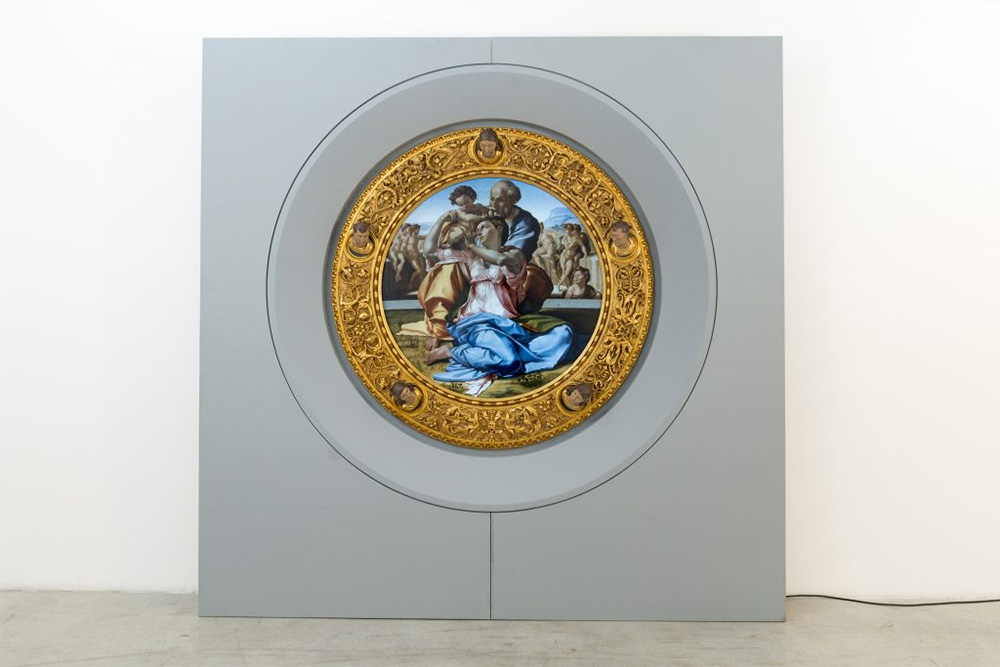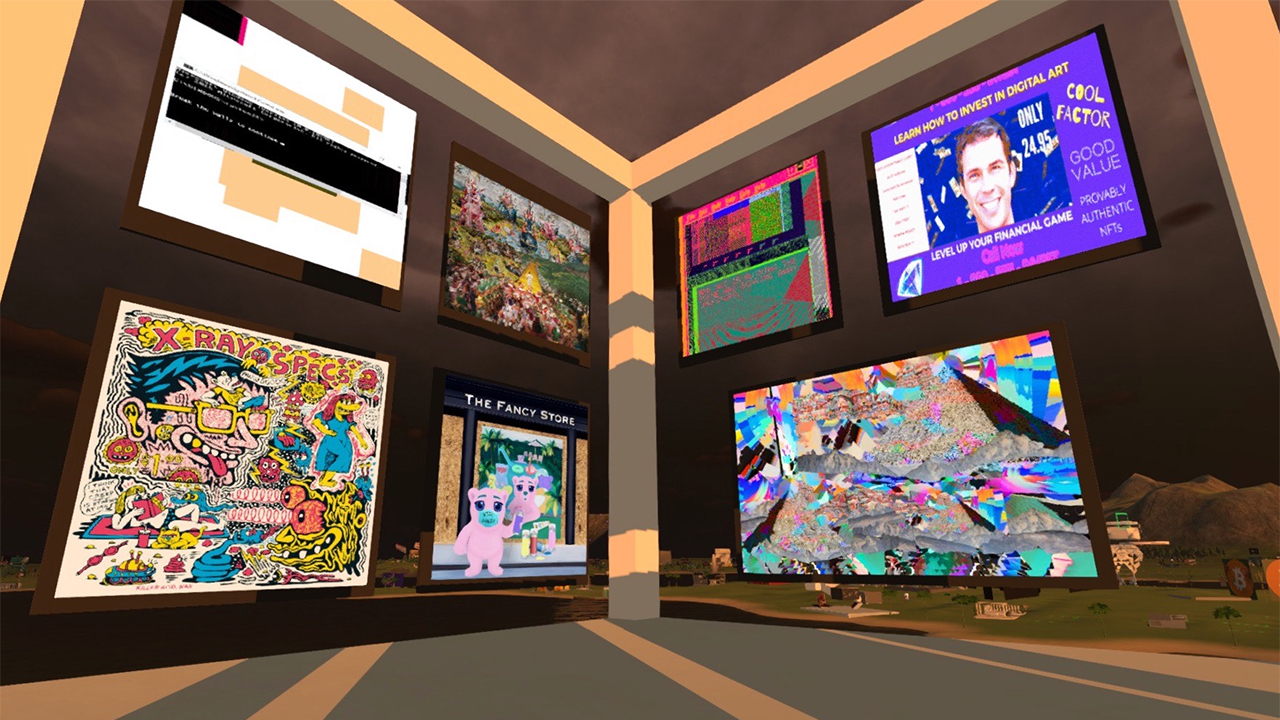On Fridays at noon, a loose group of independent digital art professionals gathers on Twitter Spaces to grapple with the wily issue of curation. Basically: how should one go about curating digital art or NFTs? Should there be a single gatekeeping, taste-making curator as tradition dictates? Or, in the spirit of a decentralized movement, should curation be similarly democratized? It’s an “ongoing and heated topic,” says Fanny Lakoubay, who participates in these afternoon chats — just one more indication of how 2021’s NFT boom has forced the art world, whether on and off the blockchain, to reexamine its values and what it values.
For Lakoubay, a French-born, New York-based art advisor specializing in NFTs, her answer to the curation question is unequivocal. “I’m more from the side where it’s like, we can do things better,” she tells Jing Culture & Commerce. “It’s our responsibility to not reproduce the flaws of the current art world.”
That stance emerges from an understanding that digital art’s full value and potential should be defined by more than a high-profile sale. While the attention of auction houses has been significant for some crypto creators, Lakoubay notes, the NFT narrative shouldn’t solely be directed by market forces. “Christie’s and Sotheby’s are supposed to be secondary art markets, but they’re now crossing over to the job of educator or curator,” she adds. “I don’t think we’ve really seen the full impact of how NFT artists are going to be part of the contemporary art market.”
Here, following her June 9 session at Larry’s List’s Digital Art Collector Summit, Lakoubay elaborates on how NFTs might be evaluated and curated, and the role museums could play in enriching the digital art conversation.
How do you assess the value of NFTs?
NFTs have sometimes flattened digital art to an image you simply click on, but they’re much more multi-dimensional than a painting. I think there’s way more to it than that. Finding the way to tell these stories to capture people’s attention so that we don’t fall back into brand markets where the loudest person in the room is the most successful is something that I’ve been fighting for.
To you, where do cultural institutions land in the digital art space?
I think it’s important to not just look at NFTs in a commercial way, but also in how you experience the art. We’ve seen some digital art exhibitions where it’s just TVs after TVs after TVs, but there’s something better that you can do. Museums have been really thinking about how you experience digital art. They also have the room and longer timeframe to think about these things. I think we have to step back and accept that things are happening constantly — new platforms, new artists — and that we’re going to miss things. But we already have a lot of things. So how do we talk about it? How do we document it? How do we create more exhibitions and get back to people experiencing the art?

Michelangelo’s “Doni Tondo,” which the Uffizi Gallery tokenized and sold as a NFT in May. Image: Artnet
What do you make of how museums have approached NFTs?
For me, what’s fascinating with the inclusion of museums in all the NFT discussions is the conservation aspect. Most often you hear people say, “Oh, this is great. With digital art, you don’t need insurance, you don’t need conservation.” No, you actually need way more conservation than any other type of art. If you look at older digital art that were on monitors, like some Nam June Paik sculptures, these monitors don’t exist anymore; they’re not being produced. For NFTs, it remains to be seen, but for now, museums have been quite a big voice in all the discussions and research.
Have you noticed any interesting NFT applications within museums?
That very much relies on some very specific champions inside the museum. For example, the chief curator of the photography department at MoMA [Clément Chéroux] already did an exhibition on Instagram art when he was a curator at SFMOMA. Now, interestingly, the photography department of MoMA has been in early discussions of considering how NFTs might fit into their collection.
I know some other museums are looking at NFTs as more like collectibles. Like, at a gift shop, you could buy an umbrella with a Monet painting on it, but you could also buy an NFT as proof of attendance of an exhibition. Experiments like that, I think, are quite interesting. The Uffizi tokenizing masterpieces is a good experiment for micro-funding as well, but there’s probably more interesting things that can be done.
Where and how does digital curation come in?
I think now that the NFT bubble has kind of deflated, this is really the time to think about that because really curation is about digging a little deeper on the meaning of the artworks, organizing them into different clusters, and talking about their aesthetic value. The Museum of Crypto Art, for example, just launched a new token to do curation — not just with the head of the museum, but including the community of artists and early adopters who are included in decisions of what goes into the museum. There’s a lot of such interesting initiatives that really use the technology to make curation better and work much better. To me, this is really the way forward.



